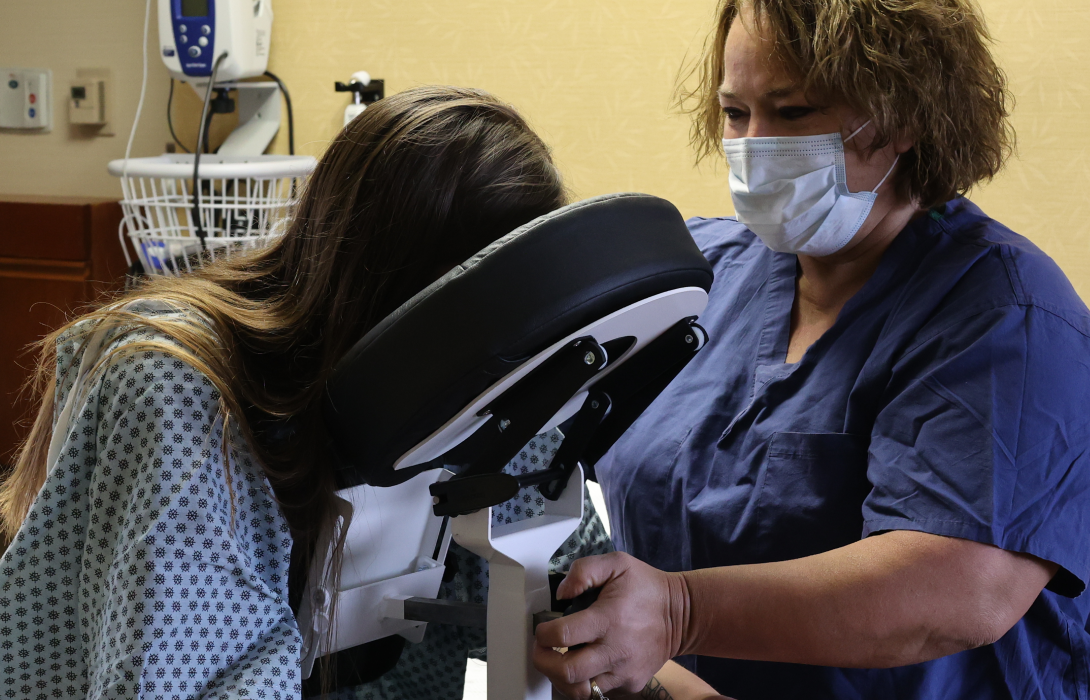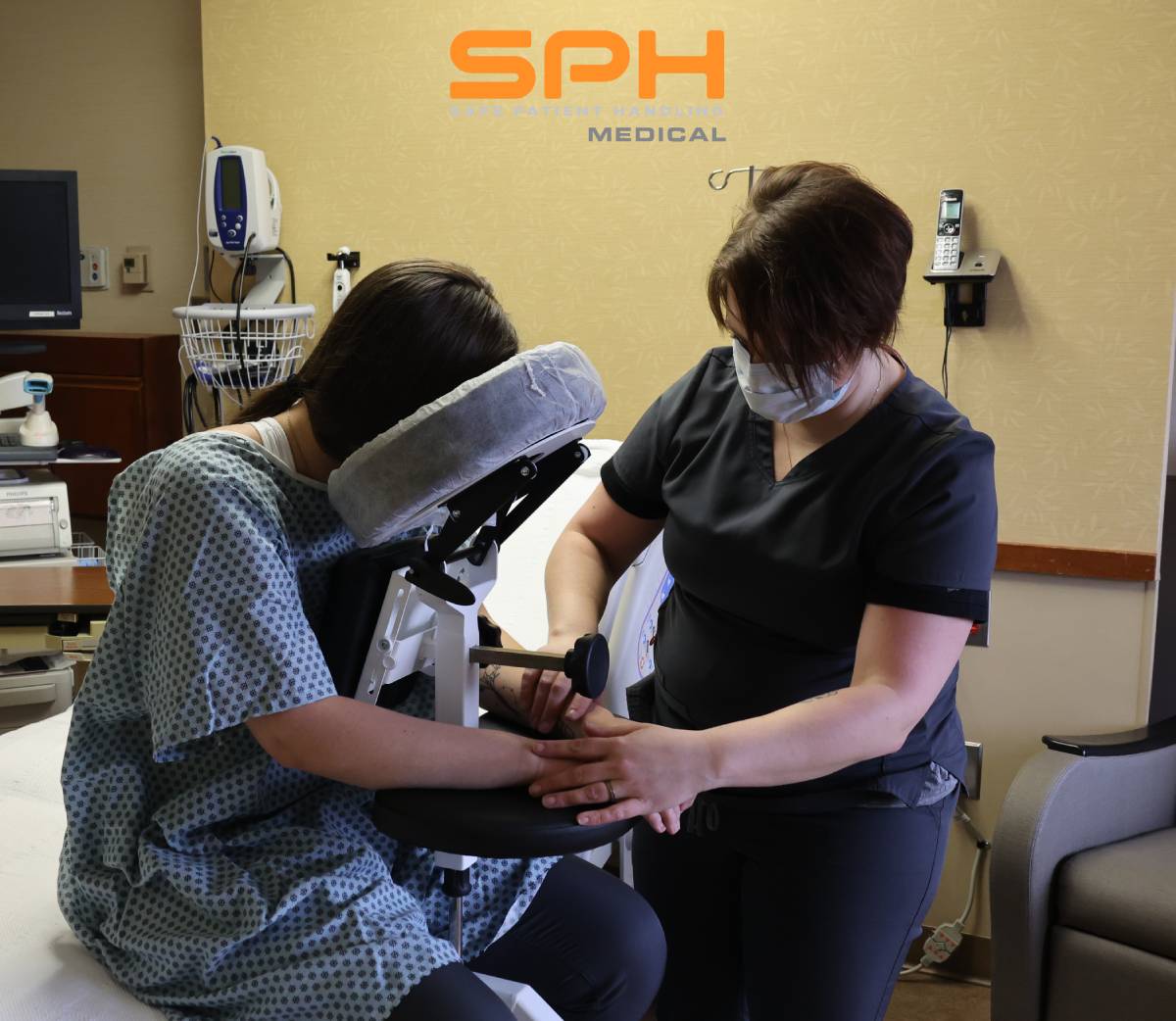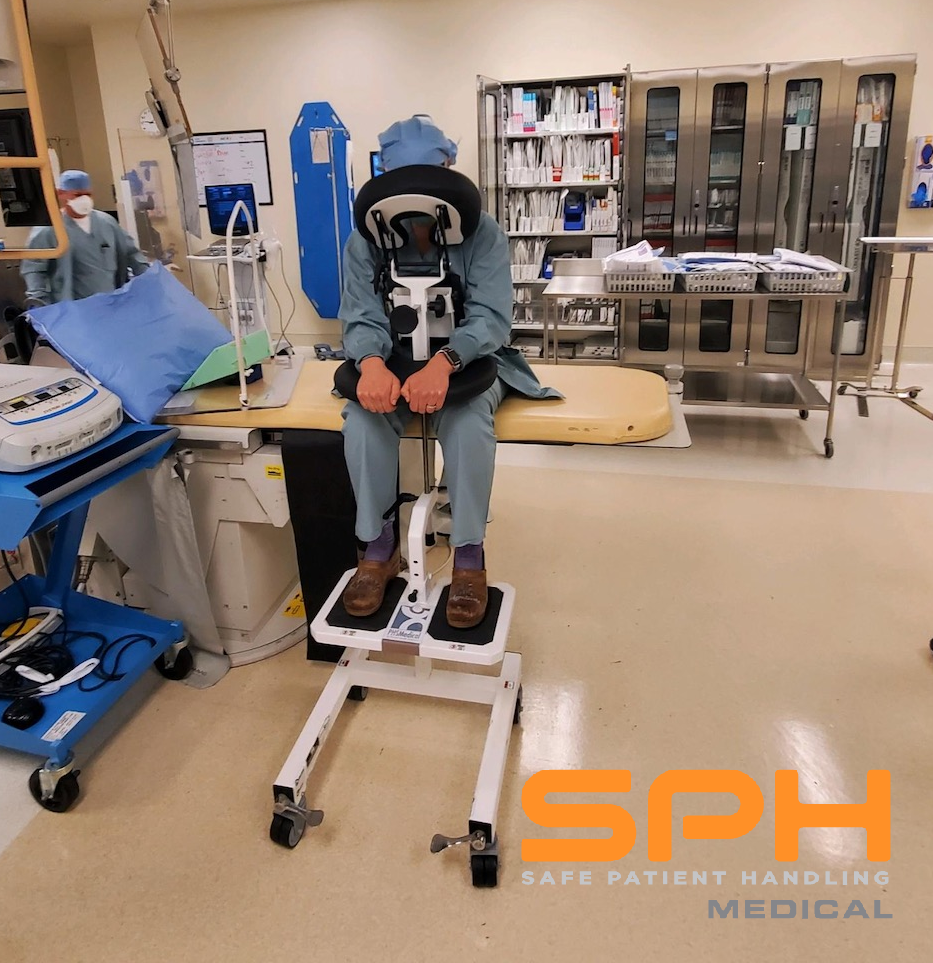Epidurals and spinal blocks are types of anesthesia that reduce or eliminate a person’s pain sensation. Spinal anesthesia is gained popularity over time as it is deemed to be safer for patients than general anesthesia and has a lower mortality rate for expectant mothers. Although these two forms of spinal anesthesia are similar the difference is needle placement. For spinal blocks, the needle is placed into the dural sac that contains cerebrospinal fluid where an epidural is injected into the epidural space. Both can be used to treat severe pain in the lower regions of the body. An Epidural injection is often used relieve pain from labor contractions in pregnant women. Another key difference is the length of time that each shot will offer pain relief. A spinal block is a single shot that typically lasts a couple of hours where an epidural actually leaves a catheter inserted in the back to allow a continuous drip of medication and the pain relief can be extended to handle a longer period of time, like 10-18 hours of labor contractions.
Spinal Blocks and Epidural Trends in Healthcare
Looking at the data of spinal anesthesia trends in surgery centers and hospitals both physicians and patients are choosing spinal blocks due to the safety and rapid recovery time. Many total knee and total hip replacement surgeries are using spinal blocks for this very reason. Surgeons want their patients up and moving post surgery to improve patient outcomes. In 2021 Penn Medicine published a news release addressing the myth that general anesthesia is more dangerous than a spinal block. They make the point that patient deaths, outcomes, and delirium occurring within 60 days post surgery is about equal in a study that included 1600 hip-fracture patients across north America. Patients are often given the choice of anesthesia and it would appear that Penn’s press release is well intentioned to reduce patient fears. And they make a very good case to equalize the risk between both techniques. They note that the post surgery delirium experienced by patients receiving a block vs. general anesthesia was about equal, However, undergoing general anesthesia often requires intubation and can lead to other side effects. It’s clear that most surgeons are recommending spinal blocks for their total knees and hips to reduce risks and improve outcomes but patients will likely have a choice.
Epidural Positioning Device
Epidural Positioning Device (EPD), also known as the Epidural Chair, is a key development in Safe Patient Handling solutions that helps position patients safely and securely in the ideal position so that an epidural or spinal block can be administered safely. The EPD is a simple and easy-to-use and positioning device that has gained popularity worldwide. The Epidural Positioning Device or Epidural Chair is a portable device that provides the caregiver or nurse with the help they need for accurate positioning of patients while avoiding the risk of injury associated with manually positioning the patient and holding them while the needle is inserted. An epidural Positioning Device (EPD) is commonly used in the pre-op area or surgical suite to administer the spinal block. It is now the standard of care in Labor and Delivery units where epidurals are performed all day long.
Advantages of Epidural Positioning Device
- Supports up to 600lbs
- Reduces risk of injury to nursing and technical staff
- Used for Epidural’s, Spinal Blocks, and Thoracentesis
- Improves patient comfort and patient satisfaction scores
- Improved efficiency and throughput for busy departments
- Portable and moves from room to room easily
- Assembles in less than 5 minutes
- Creates a safe standardized process to improve patient and staff safety



